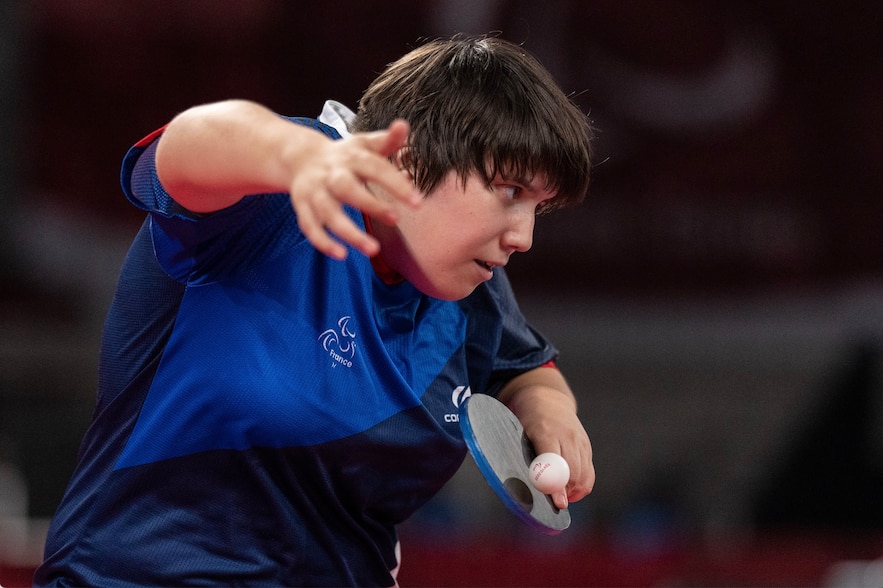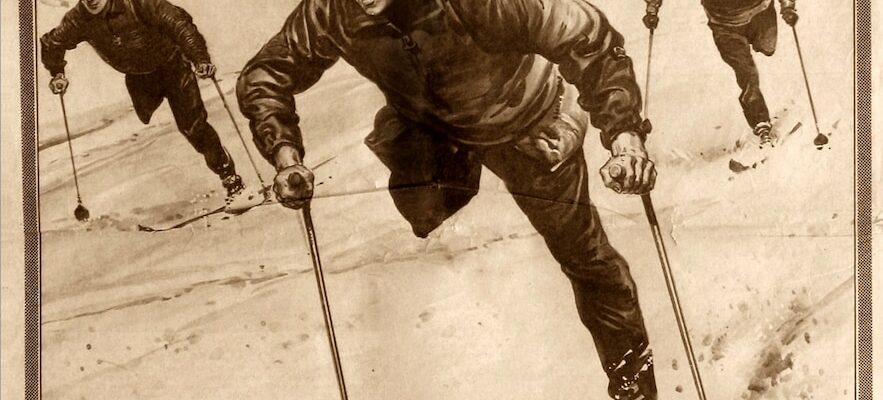How far we have come since 1894, when the press condescendingly referred to the “wooden leg race”, reported at the time as a micro-event closer to a fairground phenomenon than a sporting feat! In 1920, the “course des mutilés”, organised at the Longchamp racecourse, aroused more respect – the Great War and its sacrificed heroes had passed through there – but the event above all aroused curiosity, with its winner using a brand new chair designed by the Aumont company, which had developed a model that could be operated using only arm power.
It was not until 1948 and the initiative of Doctor Ludwig Guttmann that the picturesque gradually gave way to performance. This German Jewish neurosurgeon, who had taken refuge in the United Kingdom in 1939, launched sports games at the Stock Mandeville hospital, in which his patients, all spinal cord injured, participated, soon joined by athletes from foreign delegations. For twelve years, this international gathering, supported from 1955 by the Amicale sportive des mutilés de France, grew in size, to the point of taking place under the banner of “Paralympic Games” during the Rome Olympics in 1960.
“Radar”, number 370, March 11, 1956.
/ © Private collection
“A technological laboratory”
At the Pantheon, a symbolic place par excellence, this epic is told to us until September 29 through photos, archive documents, video extracts and equipment, while Paris prepares to welcome, from August 28 to September 8, more than 4,000 Paralympic competitors spread across twenty disciplines.
Beyond the milestones that have marked disabled sport, from sports integration to social inclusion, commissioners Sylvain Ferez and Anne Marcellini looked at the evolution of equipment that has changed our view of these athletes: “The world of Paralympism has become a technological laboratory. A dynamic has gradually been established and is now reaching the heights of engineering,” they emphasize. From the heavy wheelchair to the aerodynamic chair, from the pestle to the Flexfoot-type energy-returning prosthesis, the change is spectacular, the superhuman on the move. At the London Games in 2012, six months before the sad news that would put him back in the spotlight, Oscar Pistorius, the South African “Blade Runner”, is the embodiment of this man of the future exploited by post-humanist trends: a being no longer disabled but “augmented”.

Léa Ferney, table tennis player who won a silver medal at the Tokyo Olympics in 2021.
/ © OIS – Joe Toth
It is in London, again, that intellectually disabled athletes are reintegrated into three para sports: swimming, athletics and table tennis. Today, the Virtus Foundation (World Intellectual Impairment Sport) brings together 80 countries that now guarantee optimal conditions for the practice of these champions of difference, helping to spread a positive image of people with disabilities in a society that wants to be inclusive.
Increasingly publicized, Paralympic exploits have gradually seen women gain significant visibility, like the queen of athletics Marie-Amélie Le Fur, nine times medalist between 2008 and 2016, or Ludivine Munos, a multi-crowned swimmer in Atlanta, Sydney and Athens, now responsible for integration into the Paris 2024 Olympic Games and patron of this exhibition. An unmistakable sign of this rise in female prowess: at the dawn of this millennium, they are invited into everyday objects, and even toys, as a figurine representing Becky, Barbie’s friend, reminds us here, sexy and radiant in her three-wheeled racing chair…
